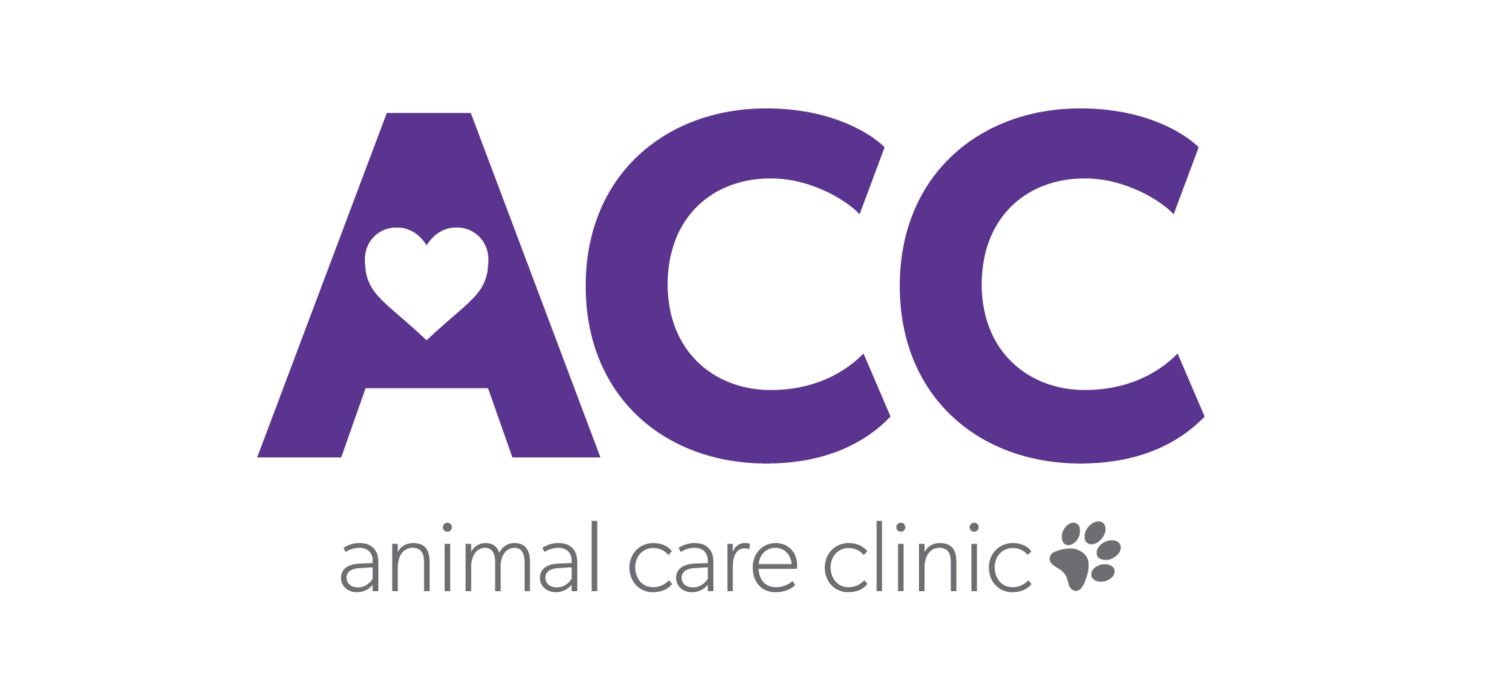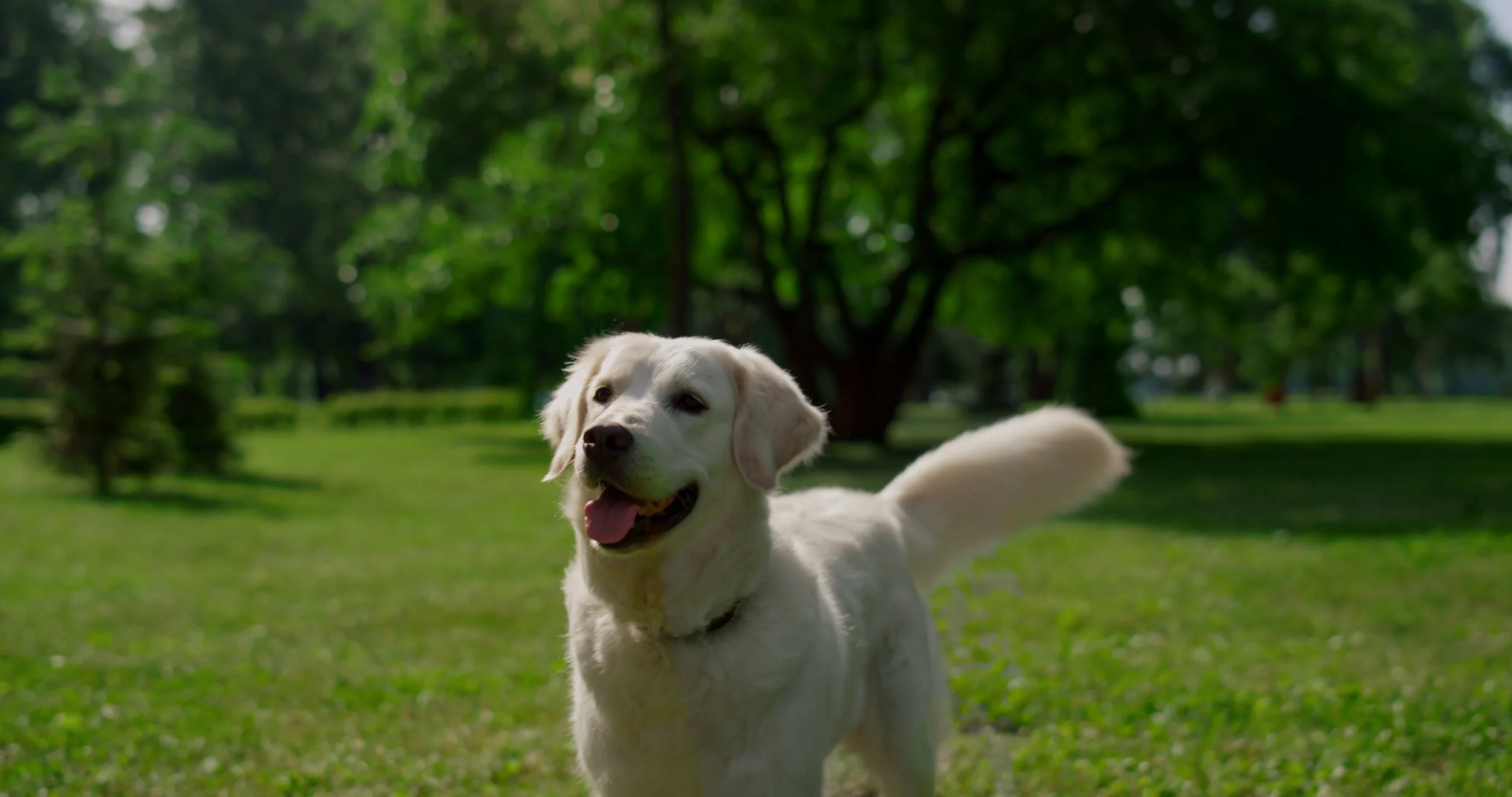A strong bond between you and your furry companion is built upon mutual understanding. Understanding your dog's body language is crucial to enhance this connection. Like humans, dogs communicate their emotions and intentions through various physical cues. Learning their language, you can better understand your pet's feelings, needs, and wants.
Chapter 1:
Basics of Canine Body Language
Why Dogs Use Body Language
Dogs use body language as their primary means of communication. This non-verbal form of interaction is deeply rooted in their evolutionary history. Before domestication, wolves and wild dogs relied on body language to coordinate with their pack and engage with other animals.
Key Body Parts Involved in Communication
Observing the following body parts can provide valuable insights into your dog's emotions and intentions:
Eyes
Ears
Mouth
Tail
Body posture
How to Start Observing Your Dog's Body Language
Consistent observation and practice are the keys to accurately reading your dog's body language. Spend time watching your pet's behavior in different situations and environments. Take note of any patterns and learn to recognize the subtle signs they exhibit.
Chapter 2:
Key Components of a Dog's Body Language
Facial Expressions
Eyes
A dog's eyes can reveal much about their current state of mind. Soft, relaxed eyes with a normal shape indicate that your dog is content. On the other hand, wide, staring eyes or narrowed, tense eyes can signal stress, fear, or aggression.
Ears
Ears held upright and forward suggest that your dog is alert and interested in something. Ears that are pinned back against the head often indicate fear or submission, while neutral ears signal relaxation.
Mouth
A relaxed, slightly open mouth with a loosely hanging tongue indicates that your dog is at ease. Lips pulled back, showing teeth, can indicate aggression, whereas a tightly closed mouth may signal stress or anxiety.
Tail Positioning and Movement
A wagging tail doesn't always mean that your dog is happy. The position and movement of the tail can convey various emotions. A high, stiff tail signifies arousal or potential aggression, while a low or tucked tail reveals fear or submission. A relaxed, neutral tail indicates contentment.
Body Posture and Weight Distribution
A dog's overall body posture can provide essential information about its emotional state. A relaxed, loose posture shows that your dog is comfortable, while a tense, crouched, or leaning posture could signal fear, anxiety, or aggression.
Chapter 3:
Common Dog Body Language Signs and Their Meanings
Happy and Relaxed
When your dog feels content, it will exhibit relaxed facial features, a loose body posture, and a wagging tail held at a neutral height.
Playful
A playful dog will perform the "play bow" – front legs stretched out, rear end up in the air, and tail wagging energetically. They may also jump, bark, and engage in gentle mouthing or nipping.
Anxious and Fearful
An anxious or fearful dog may have tense facial features, pinned-back ears, a tightly closed mouth, a low or tucked tail, and a crouched or leaning body posture. They might also display behaviors such as trembling, panting, and avoiding eye contact.
Aggressive and Defensive
An aggressive or defensive dog may display signs such as growling, snarling, baring teeth, stiff body posture, raised hackles, and a high, stiff tail. Giving an aggressive dog space is crucial and approaching the situation carefully.
Submissive
Submissive body language includes pinned-back ears, a tucked tail, a lowered or crouched body posture, and averting eye contact. Your dog may also roll over to expose their belly or lift a paw.
Chapter 4:
Understanding Your Dog’s Vocalizations
Barking
Dogs bark for various reasons, including alerting their owner, seeking attention, or expressing boredom. By observing the barking's pitch, frequency, and context, you can better understand your dog's intent.
Whining
Whining can indicate anxiety, pain, or a desire for attention. Pay attention to your dog's body language and the circumstances to determine the cause of the whining.
Growling
Growling generally signals a warning or a display of aggression. It's essential to address the underlying issue causing the growl and respect the dog's boundaries.
Howling
Howling is often a form of long-distance communication or a response to certain sounds, such as sirens. It can also represent anxiety, especially when you are not present.
Chapter 5:
How to Respond to Your Dog's Body Language
Creating a Safe and Positive Environment
Provide a secure, comfortable space for your dog to retreat when they feel stressed or anxious. Regular exercise, mental stimulation, and positive reinforcement training can help maintain a positive environment.
Building Trust and Confidence
Develop trust with your dog by consistently meeting their needs, being patient, and respecting their boundaries. Encourage confidence by exposing them to new experiences and rewarding their curiosity.
Responding to Aggressive or Fearful Body Language
Avoid punishing or forcing interactions when your dog exhibits aggressive or fearful behavior. Instead, try to identify and address the underlying cause and work on building trust and confidence over time.
Chapter 6:
The Importance of Consistency and Training
Developing a Strong Bond with Your Dog
Consistency, patience, and understanding are vital to developing a strong bond with your dog. Regularly engage in activities that you and your pet enjoy, and try to understand their unique personality and body language.
Proper Training Techniques for a Well-Behaved Dog
Positive reinforcement training is the most effective and humane way to teach your dog good behavior[^6^]. Work on basic obedience commands, such as sit, stay, and come, to establish a line of communication and mutual understanding.
How Animal Care Clinic Can Provide Support and Guidance
Animal Care Clinic offers professional advice on understanding your dog's body language and access to expert trainers, behaviorists, and veterinarians. Regular visits to the clinic can help you maintain your dog's health and well-being.
Chapter 7:
Recognizing When Professional Help is Needed
When to Consult a Veterinarian or Behaviorist
If your dog exhibits sudden, unexplained changes in body language or aggressive or fearful behavior becomes unmanageable, it's essential to consult a professional for guidance.
Benefits of Visiting Animal Care Clinic
Animal Care Clinic offers comprehensive care for your pet, including routine check-ups, vaccinations, dental care, and behavioral consultations. You can ensure your dog's health and happiness by visiting the clinic regularly.
How Professional Assistance Can Improve Your Dog's Quality of Life
Experts at Animal Care Clinic, a respected veterinary facility in Junction City, offer comprehensive pet care services to improve your dog's quality of life. With a compassionate team led by Dr. Stenstrom, they treat pets as cherished family members and provide medical, surgical, and dental treatment, grooming, and boarding services. Experience their welcoming environment, where love truly is a four-legged word. Visit Animal Care Clinic today and let their expertise contribute to a happier, healthier life for your beloved canine companion. Schedule an appointment today.

